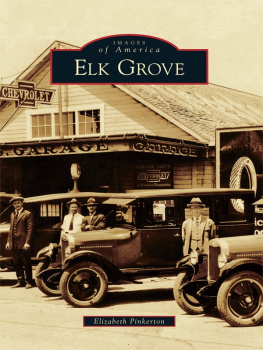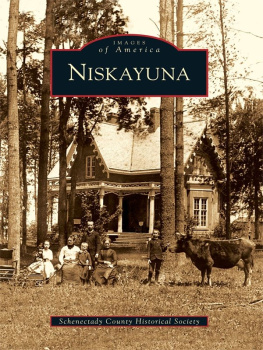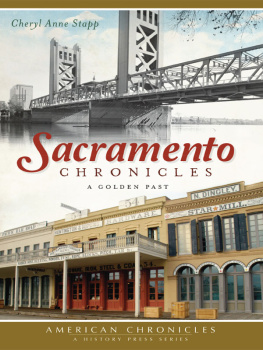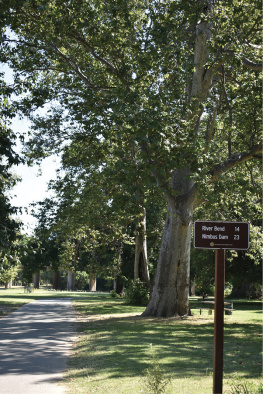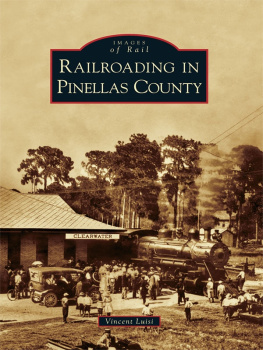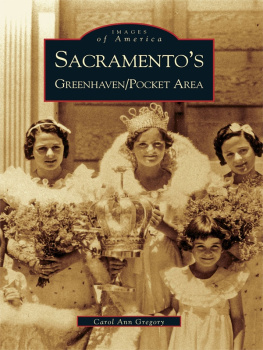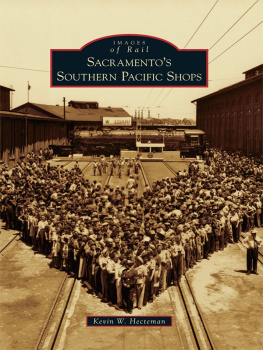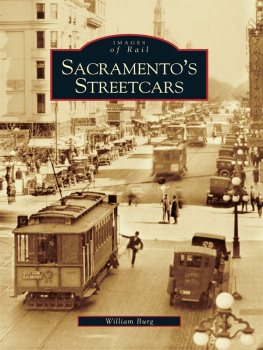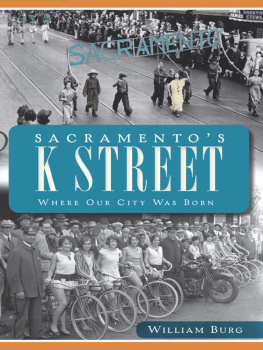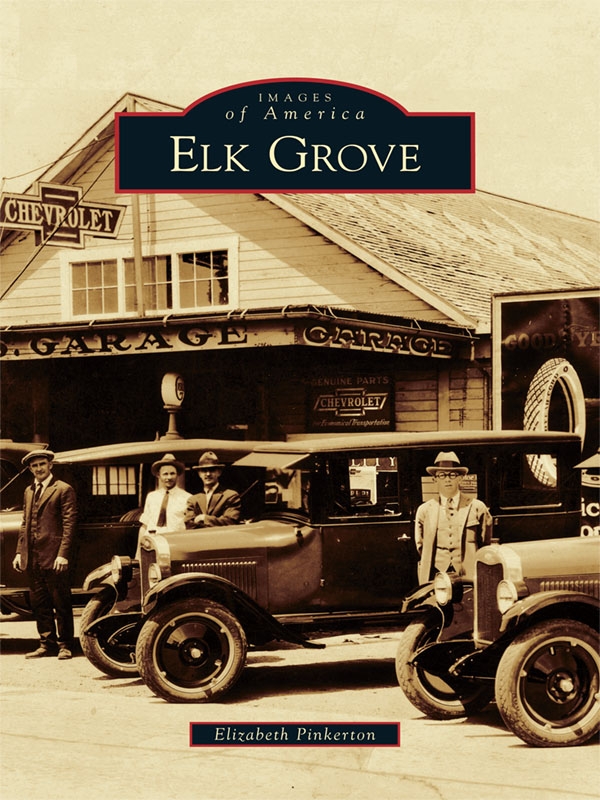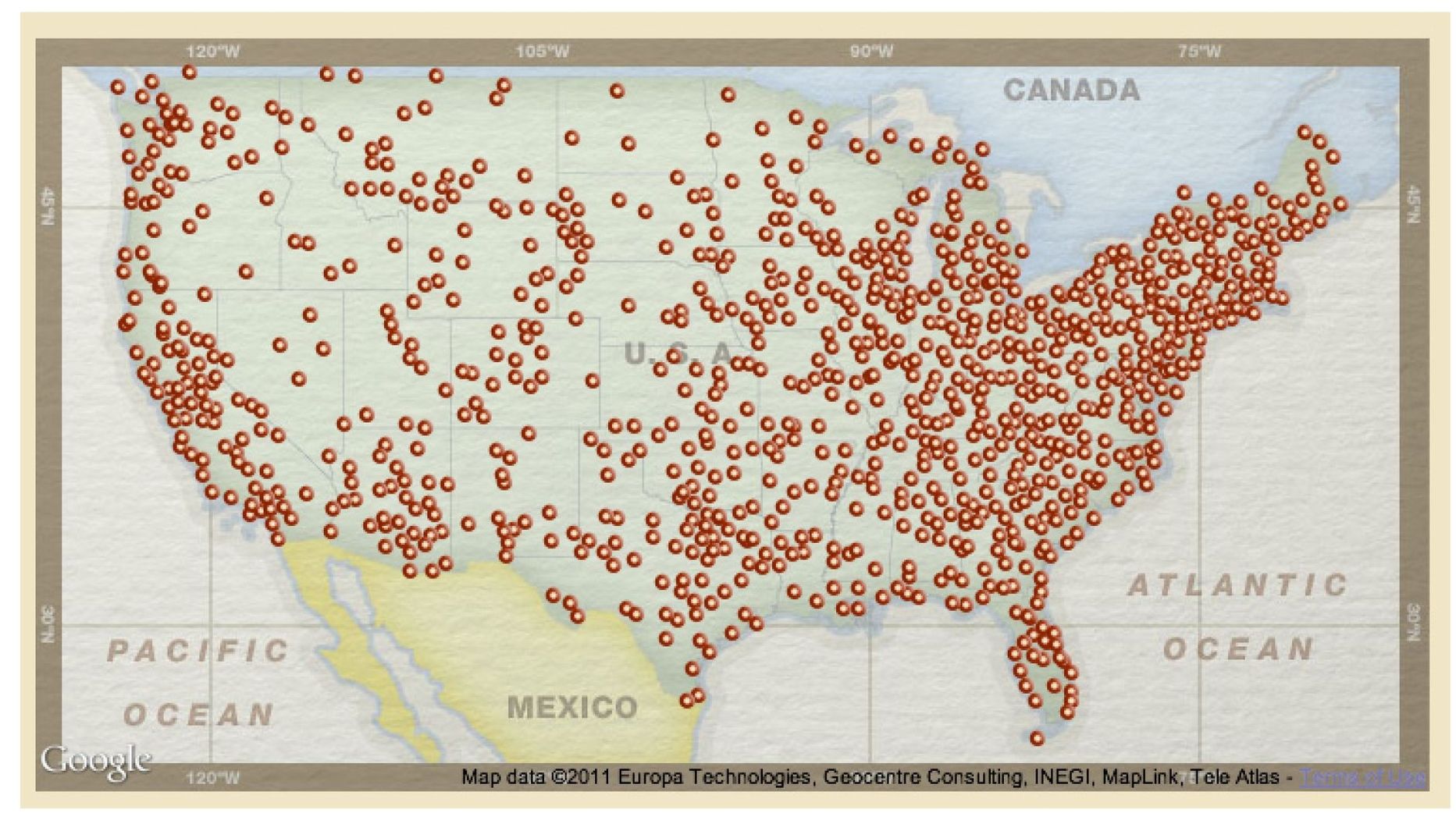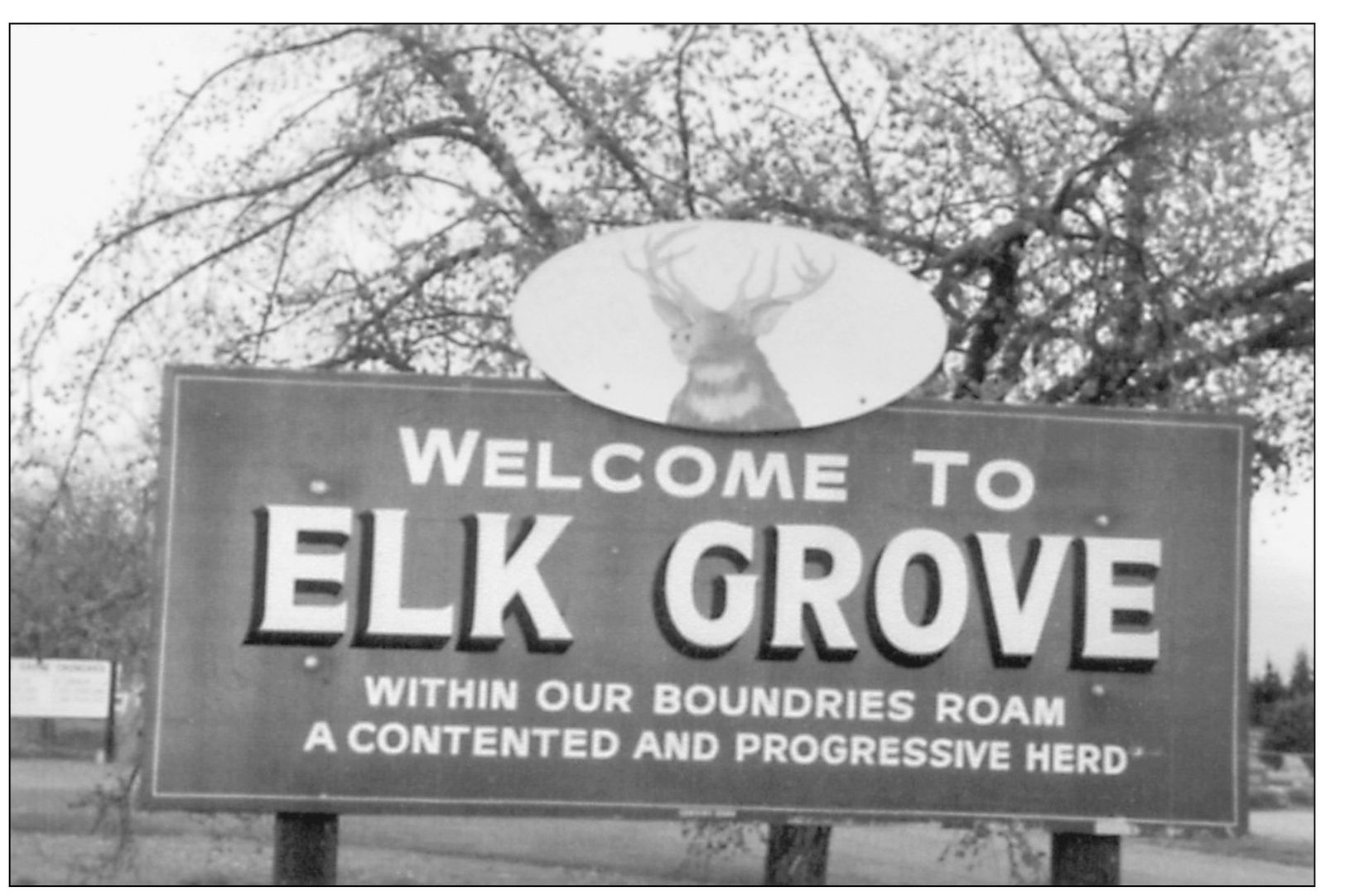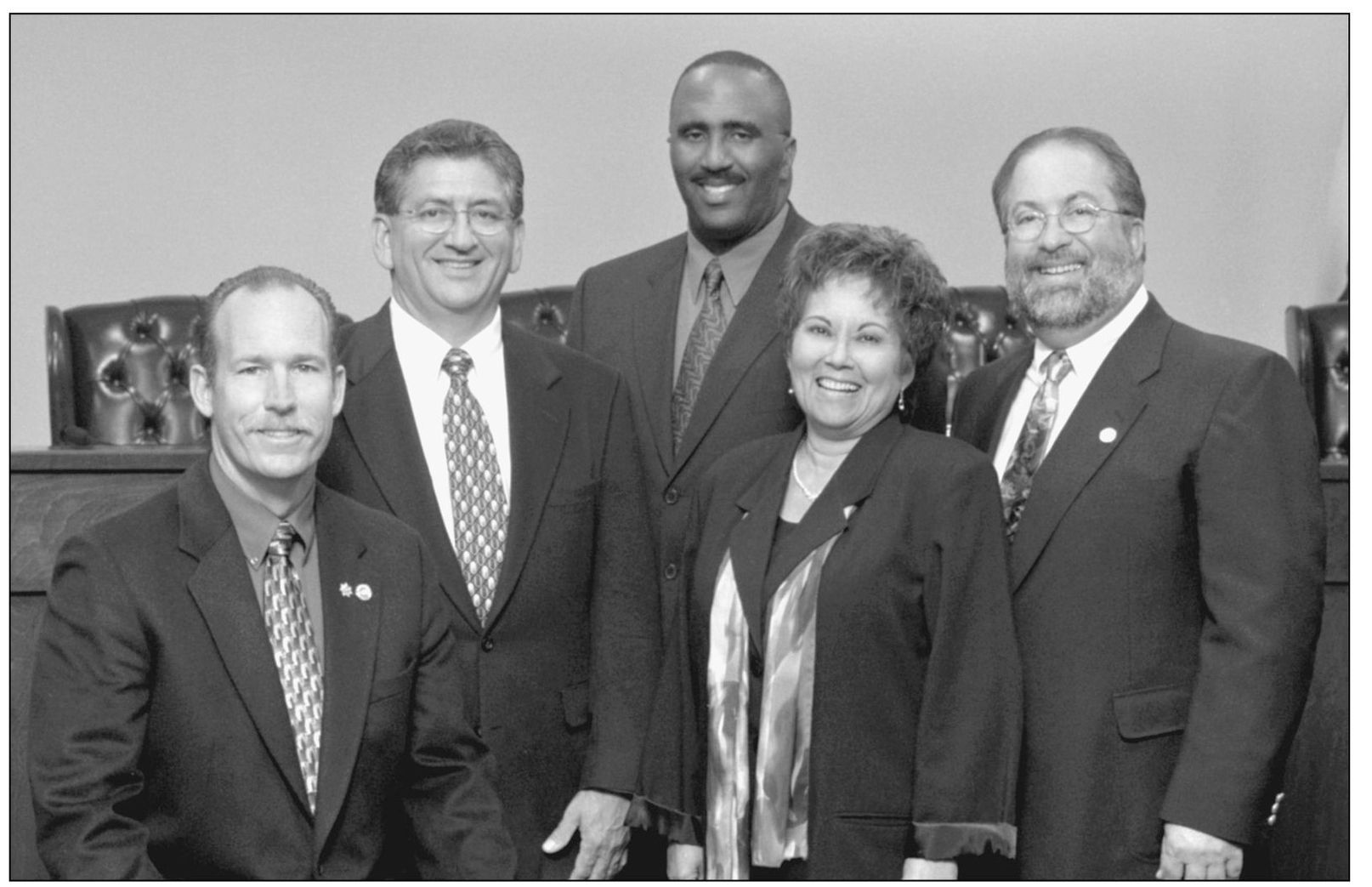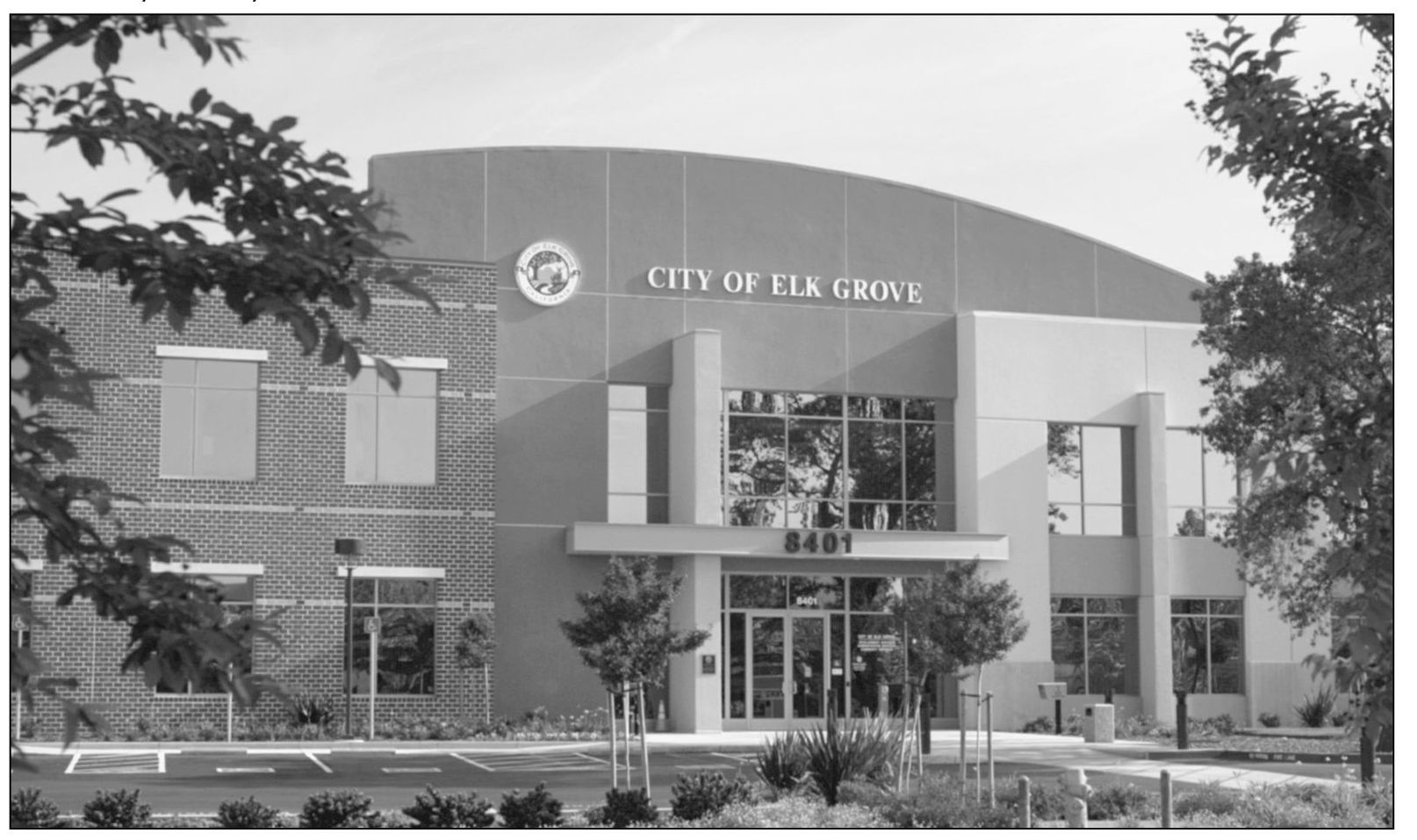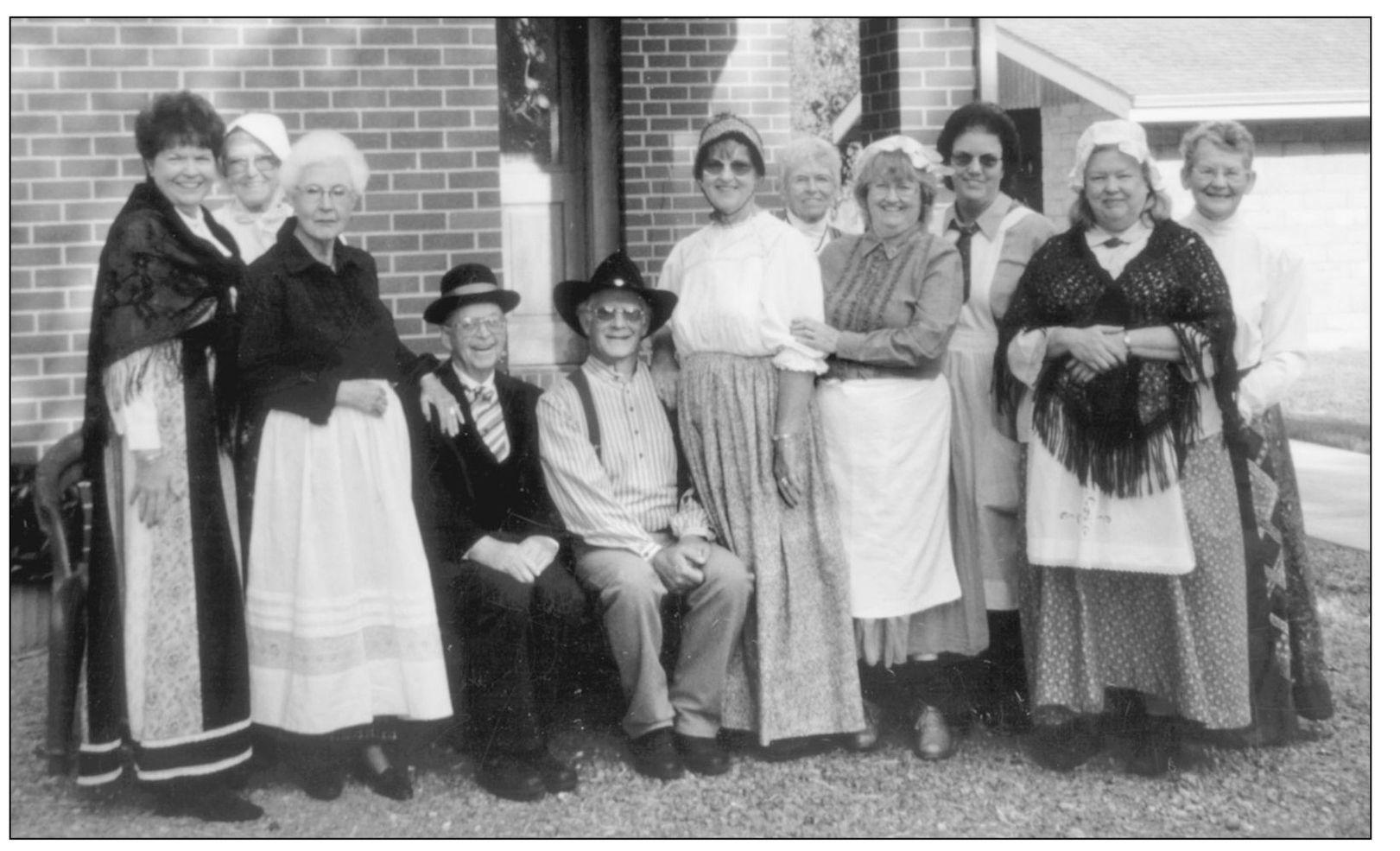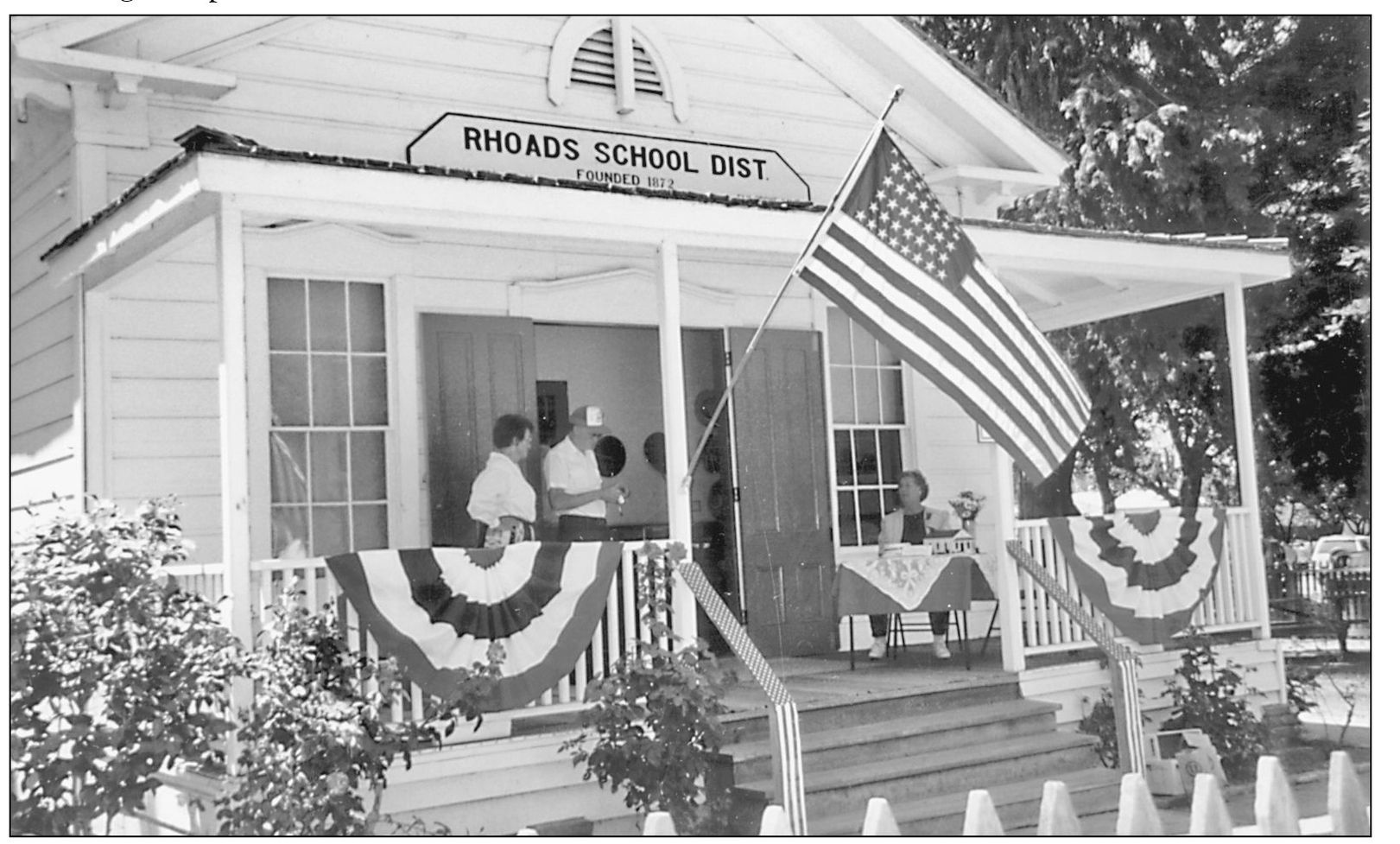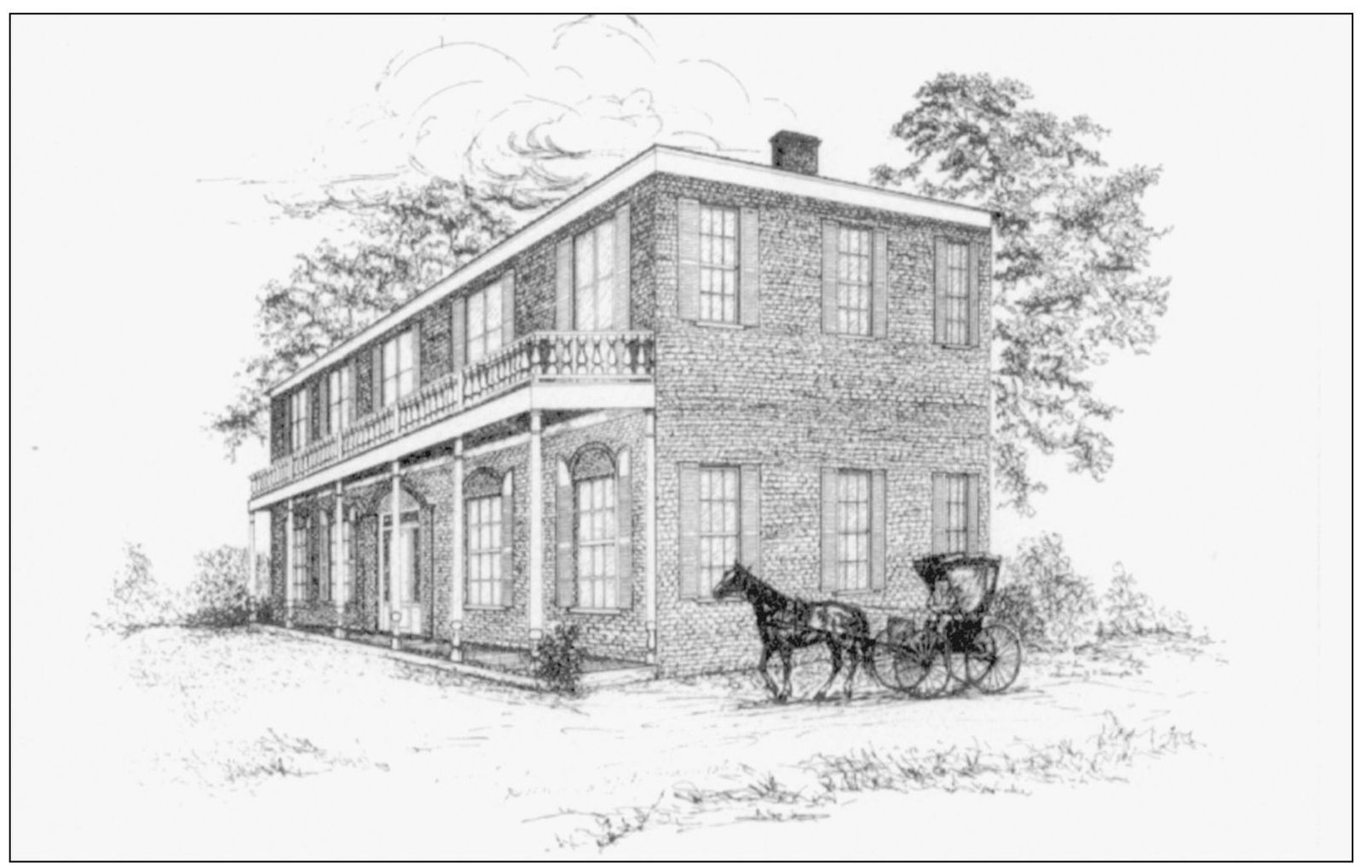ACKNOWLEDGMENTS
The new city of Elk Grove, even though it is only six years old, is well represented through the collection of photographs in this volume of Images of America. I am grateful for the loans of photographs and other materials from the Elk Grove Historical Society; Anita Peters, the current president; and the board of directors. I am greatly appreciative of the loans of photographs for this book from Tom Russell, Ellen Rosa, Virginia Signorotti, Dave and Jane Morse, Jim and Virginia Ring, Lucile Christesen, Gerald Derr, Bob and Olga Batey, Hal and Wayne Bartholomew, and Dennis Buscher. And to the many other local folks who contributed to my collection of local history and my knowledge of local events over the years, I am forever indebted.
A large part of the work in preparing the photographs for publication was done by Tom Russell, past president of the Elk Grove Historical Society. I thank him greatly for his fine work, his assistance, and his general support for the project. The owners of photographs in the book are credited. The photographs that have no credit noted are mine, either given to me by local residents or taken by me.
The Elk Grove Citizen newspaper has been a strong supporter of local history with weekly articles in a column that I have written, entitled History Happened Here, for the past 23 years. The Citizen , under the leadership of Roy and David Herburger, has helped to create a communitywide interest in the past that is valued by old-timers as well as the many newcomers to the area. My three books, We the People, a Story of Internment in America (with Mary Tsukamoto) and the two History Happened Here books ( River, Oaks, Gold and Fields, Farms, Schools ) continue to have wide community support. The proceeds from the History Happened Here books have provided scholarships for 19 students through the Elk Grove Community Foundation. I also commend the city of Elk Grove for its support of local history and its recent preservation efforts.
Finally, I would like to thank my familymy husband, Tom, and Mike, Connie, Willie, Kevin, Pat, Barbara, Abbott, David, Patrick, and Sarahfor their continual support of my local history projects.
Elizabeth
Find more books like this at
www.imagesofamerica.com
Search for your hometown history, your old stomping grounds, and even your favorite sports team.
One
ELK GROVE FROM STAGE STOP TO CITY
This is the sign that introduced people to Elk Grove long before it became a city. At some time in the late 1950s, two signs were created by a group of local residents and businessmen and placed at the main entry points to Elk Grove. One marked the entrance to Elk Grove from todays Highway 99 on the south side of what is now Elk Grove Boulevard by the cemetery. The other sign was on Elk Grove-Florin Road, south of todays Bond Road on the west just before the creek and the California Fish Hatchery. The reference is to the Elk Grove High School slogan of the Thundering Herd and perhaps to all the cattle that once filled the Elk Grove fields. But the message is as true today as it was a half-century ago, for the people who live in Elk Grove continue to be both contented and progressive.
Elk Grove became a city on July 1, 2000. It took several years of community effort to incorporate, and when the decision went to a vote by citizens, cityhood became a reality. The official action to create a common-law city took place in the board room of the Elk Grove Unified School District on Elk Grove-Florin Road. Judge James P. Henke officiated as five new council members took their oaths of office. Sophia Scherman is pictured here watching as Judge Henke administers the oath of office to James Cooper, the first mayor of the City of Elk Grove. Other council members in addition to Scherman were Michael Leary, Richard Soares, and Daniel Briggs. Elk Grove was the first new city of the 21st century in California. The city nearly doubled its population in its first six years and is now over 130,000. (Courtesy of City of Elk Grove.)
Starting a new city and breaking the long ties to the County of Sacramento were complex proceedings for the new city council. Council members are elected at large but from five specific neighborhoods that are each represented by one council member. Pictured here from left to right are Michael Leary, Daniel Briggs, James Cooper, Sophia Scherman, and Richard Soares. (Courtesy of City of Elk Grove.)
This building, Elk Grove City Hall, and two others in the same area, located just west of Highway 99 and south of Laguna Boulevard, house the city staff and the various departments. Meetings of the Elk Grove City Council are held twice a month and are well attended by citizens as there is a great amount of community involvement in the new city. (Courtesy of City of Elk Grove.)
The Elk Grove Historical Society emerged from the Elk Grove Bicentennial Commission of 19751976. Citizens across America were encouraged at the time to identify community historical projects to commemorate the 200th anniversary of the United States of America as an independent nation. This photograph was taken at the grand opening of the Elk Grove Hotel and Stage Stop.
The Bicentennial Commission selected Carl Amundson and Anabel Gage as its leaders and the Rhoads School as a project. The 1872 school, named for John P. Rhoads, a rescuer of the stranded Donner Party of 1847, was moved from Sloughhouse Road to Elk Grove Park. Repaired and refurbished, Rhoads School is a gleaming jewel open to school and community groups. Elk Grove Historical Society volunteers manage and run the programs.
In the 1980s, the Elk Grove Historical Society took on the task of rebuilding the Elk Grove Hotel and Stage Stop of 1850. The building had been torn down in 1957 when Highway 99 was created as part of the nationwide freeway system. Beautifully reconstructed and restored, the stage stop serves as a museum for the community in Elk Grove Park. (Courtesy of Tom Russell.)

